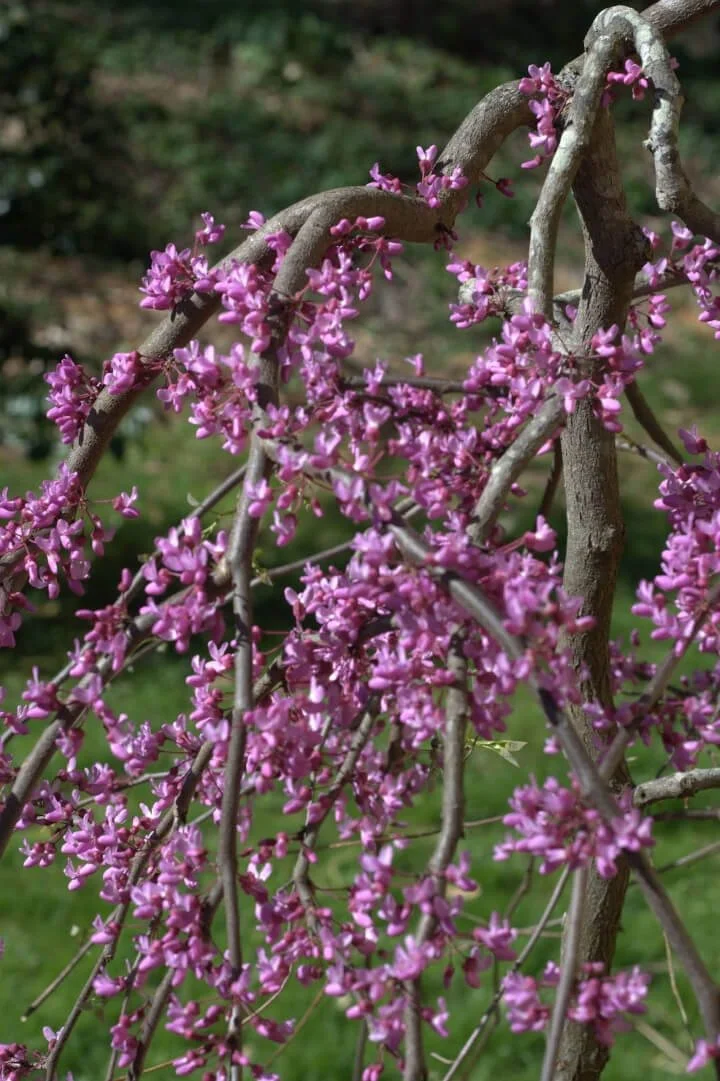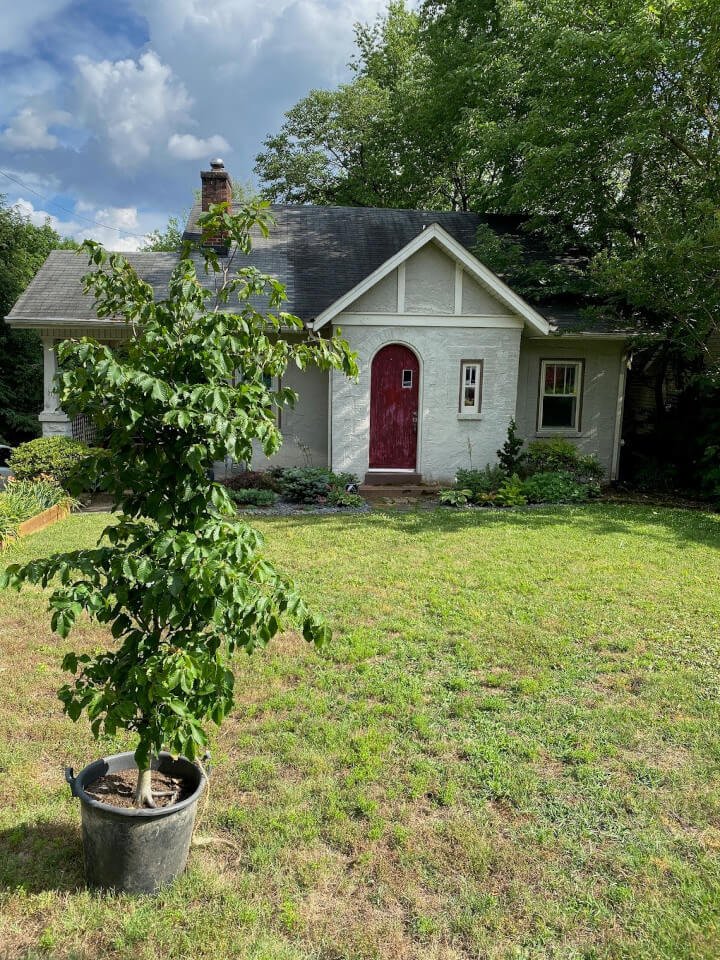Trees are often key elements in projects that restore degraded or developed land to dynamic green space. Initiatives that remove pavement and revitalize polluted ground create opportunities to plant trees for long-term environmental benefits. In Nashville, which is naturally a wooded place, planting trees throughout our neighborhoods and caring for them is essential to managing the built environment.
Read MoreTennessee's wetlands are under attack by deregulation and urban sprawl, which have regional effects as local ecosystems are degraded. Current state-level deregulation regarding best wetland management practices may encourage dangerous levels of unmonitored development that threaten the environmental health and livability of both rural and urban areas across Tennessee. Flooding, excess heat, and loss of wildlife are a few of the hazards that opportunistic development creates.
Read MoreThe northern catalpa is a large, stately tree species that stands out in a landscape with its impressive features: a wide, heavy trunk, big leaves that create a full crown, fluffy white flowers, slender bean pods, and its own species of caterpillar to boot. Whether ornamental or functional, these majestic canopy trees contribute significant benefits where they’re planted, including a range of tree-produced ecosystem services, wildlife habitat, and visual interest that draws attention to a specimen throughout the year.
Read MoreClearcutting, or clearing an area of its standing trees, is a major environmental concern in Nashville and throughout Tennessee. When we remove trees from forested land, it significantly changes the ecology and environment of an area, with consequences for how that place can manage weather and pollution, host wildlife, and be hospitable to public health.
Read MoreWant to push back against eco-hostility? Want to get more involved in preserving Nashville’s tree canopy?
Read MoreNashville’s environment experiences regular bouts of drought, ranging from mild to severe. When there’s not enough rain over a long period of time, urban trees can suffer from dehydration and its consequences if not watered properly. Some trees are more resistant to drought than others, which is a crucial trait for planting in urban environments, where temperatures tend to be warmer and drier than in surrounding areas. In this article, we’ll look at how trees react to drought conditions, then provide some tips on how to best care for your trees when Nashville’s air is at its driest.
Read MoreOne of the earliest and brightest spring bloomers, the vivacious eastern redbud is a beautiful, hardy tree that offers benefits to the local ecosystem throughout the year. It’s a popular option as an ornamental tree for gardens and along streets and walkways, but it can also be found growing happily in wilderness areas. Here, we’ll look closely at this indispensable American species.
Read MoreWhen Nashville winds and storms thrash trees around, branches, limbs, and whole specimens can be knocked down, causing problems that range in severity. In this article, we’ll provide some key resources for Nashville residents seeking reliable emergency tree services.
Read MoreEvery residential yard is a landscape of its own, where trees are pillars of stability within each property’s particular ecosystem. In this article, we’ll take a look at the various ways that trees interact with other plants, both competitively and collaboratively. Throughout, we’ll consider how to maintain these interactions in balance to keep your Nashville yard in its healthiest and most beautiful condition.
Read MoreParcels of land each have a particular soil profile based on their location and maintenance history, which affects the tree species that can grow there. Trees are adapted to the composition and behavior of the soil in their natural range, which may (or may not) limit their tolerance of other kinds of soils. In this article, we’ll go over the soil types found around Nashville, as well as which trees are best suited for those various kinds of ground.
Read MoreA relatively uncommon but increasingly popular tree, the American yellowwood is a beautiful native canopy species that offers the local ecosystem a lot to appreciate, including cascading spring flowers and a full, wide crown. Hardy in urban conditions and comfortable in Nashville’s limestone soil, this is a tree we’re excited to see more of in the landscape!
Read MoreIt’s well-known that tree rings show a specimen’s age, but they also contain other kinds of historical data about a tree’s lifetime and growing environment. In this article, we’ll go over how tree rings form, what they can tell us, and how that information can help us best manage Nashville’s individual trees and collective canopy.
Read MoreThe Kentucky coffee tree is one of the more distinctive trees found in Nashville’s urban forest due to its large seed pods and characteristic form. In this article, we’ll go over what it is about the Kentucky coffee tree that makes it such an effective member of the local canopy.
Read MoreAs winter gives way to spring, certain flowering trees awaken earlier than others. In this article, we’ll highlight six blossoming trees that can be found and appreciated across Nashville in the first half of spring.
Read MoreIn nature, trees reproduce by pollination, but nursery cultivators can propagate a tree by graft to select for particular characteristics that might otherwise get lost in the natural reproductive process. In this article, we’ll examine why grafting can be so important for trees in urban, neighborhood, and orchard settings, including which tree species are most frequently propagated by grafting. Awareness of grafted tree varieties can help residents make informed choices when planting trees in the Nashville landscape!
Read MoreDuring the spring season of renewal, some trees reproduce with the help of wildlife, while others need only the wind to carry their pollen around the landscape. In this article, we’ll take a look at how trees of various species each form their particular type of seed. Knowing a tree’s behavior can help Nashville residents make decisions about planting locations and long-term yard maintenance requirements so that mature trees can be as happy and productive as possible within the built environment.
Read MoreFrom light breezes to powerful storms, trees are exposed to the full range of wind forces that accompany all types of weather. This couldn’t be more true in Nashville, TN, which has seen its share of tornadoes and severe wind gusts in recent years. Late winter and early spring tend to be the windiest time of year for Music City, so it’s crucial to understand how wind affects trees and what you can do to minimize potential damage (to your trees and your property).
Read MoreWhile there is only one species of ginkgo (Ginkgo biloba), there are several cultivars that offer ornamental and ecological variety to the landscape. Here, we’ll take a look at the Autumn Gold ginkgo tree—a hardy urban cultivar that is as beautiful as it is beneficial!
Read MorePatagonia has awarded the Nashville Tree Conservation Corps (NTCC) a $15,000 unrestricted grant to further its mission of promoting, preserving, protecting, and planting trees in Davidson County. This funding will help NTCC expand its conservation efforts and community outreach, ensuring a greener, healthier Nashville.
Read MoreWhile slugs are often considered pests and snails might be seen as friendlier, these animals both contribute to maintaining local ecosystems, and both have the potential to do some damage in residential yards. In this article on Nashville’s fauna, we’ll examine how snails and slugs play various roles in and around trees, and toward the end, we’ll share some tips on how to manage the gastropod populations in your yard.
Read More













